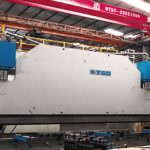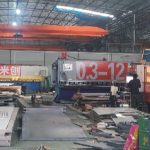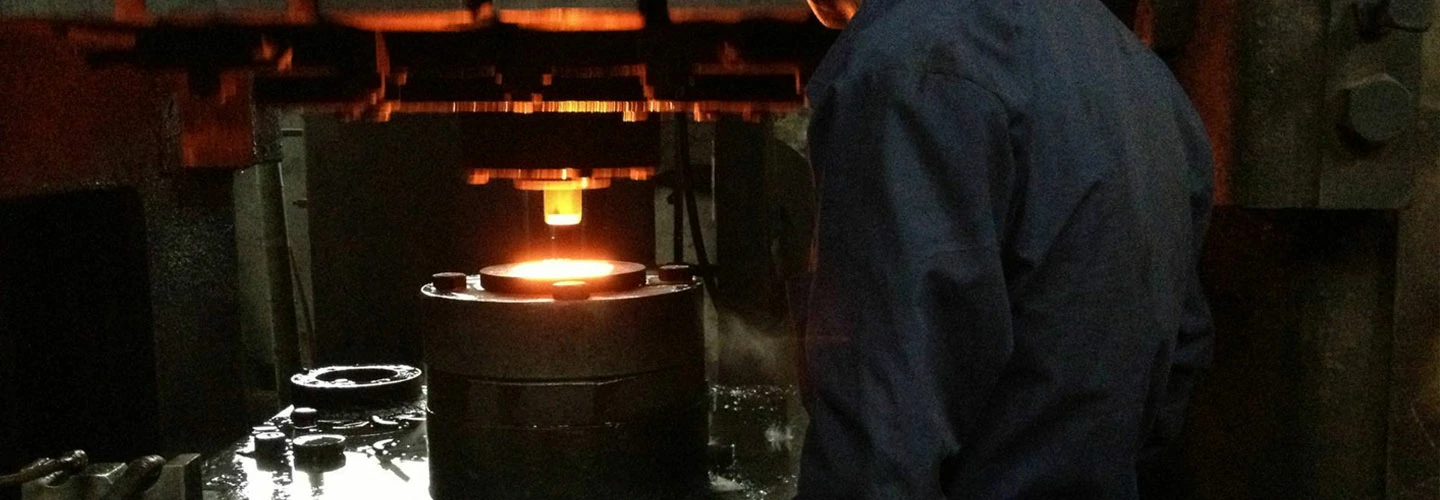
Austenitic Stainless Steel Forging
Forging of austenitic stainless steel is more difficult than ordinary steel, but surface defects are rare. Most austenitic stainless steels can be forged in a wide temperature range above 927°C. Because austenitic stainless steel has no phase transformation in the high temperature range, the forging temperature is higher than that of martensitic stainless steel, but high-chromium or low-carbon stainless steel does not have the above properties, because high-chromium or low-carbon stainless steel is higher than 1093 ℃, depending on the composition. Different amounts of ferrite are produced, which are detrimental to forgeability.
For austenitic stainless steels, it is equally important to control the final forging. Except for stable and ultra-low carbon stainless steels, the final forging temperature of almost all austenitic stainless steels should be controlled above the sensitive temperature zone and rapidly cooled below 871 °C. This is because austenitic stainless steel is prone to form hot cracks and phases at low temperatures.
For stable or ultra-low carbon steels that are not sensitized by sensitization treatment, forging is performed at a temperature much lower than the forging temperature, and strain hardening may occur with a small reduction. The strain hardening temperature usually occurs at 538~649℃. When the hardness requirement is very low, solution annealing should be carried out after forging.
Sulfur or selenium can play a role in improving mechanical properties in austenitic stainless steels. The harmful lath tissue of selenium is less likely to be present. Titanium-added 06Crl8NillTi (321) section steel also has segregated lath-like structure, which is easy to cause surface cracking during forging. Cobalt-stabilized 347 steel is not prone to lath segregation, and is a stable steel suitable for forging.
When heating austenitic steel, the atmosphere in the furnace should be slightly oxidizing; decarburizing atmosphere and peroxidizing atmosphere will produce harmful inclusions or poor chromium phenomenon, thereby reducing the corrosion resistance of steel. The phenomenon of poor chromium is particularly serious in 16Cr23Nil3 (309) and 20Cr25Ni20 (310) steels.
The Characteristics Of Austenitic Stainless Steel Forging
Type 18-8 austenitic stainless steel is often used to make boiler and steam turbine parts that work for a long time below 610 °C, as well as various parts in chemical production. Its forging process features:
- The surface of 18-8 austenitic stainless steel is easy to carburize when heated in a coal furnace. Therefore, contact with carbon-containing substances should be avoided during heating, and oxidizing medium should be used for heating to reduce carburization of steel and prevent intergranularity. corrosion.
- Austenitic steel should be heated slowly at low temperature due to poor thermal conductivity. The initial forging temperature should not be too high. If it is too high, it will tend to form S-phase, and the grains will also grow rapidly. Generally, 1150~1180℃ is selected.
- The surface defects of the billet must be removed before forging and heating to prevent the forging from continuing to expand and causing the forging to be scrapped.
- The final forging temperature should not be too low. At the same time, the slow cooling at 700~900℃ will cause precipitation, and continuous forging will cause cracks.
- After forging, air cooling is adopted, and solution treatment must also be carried out.
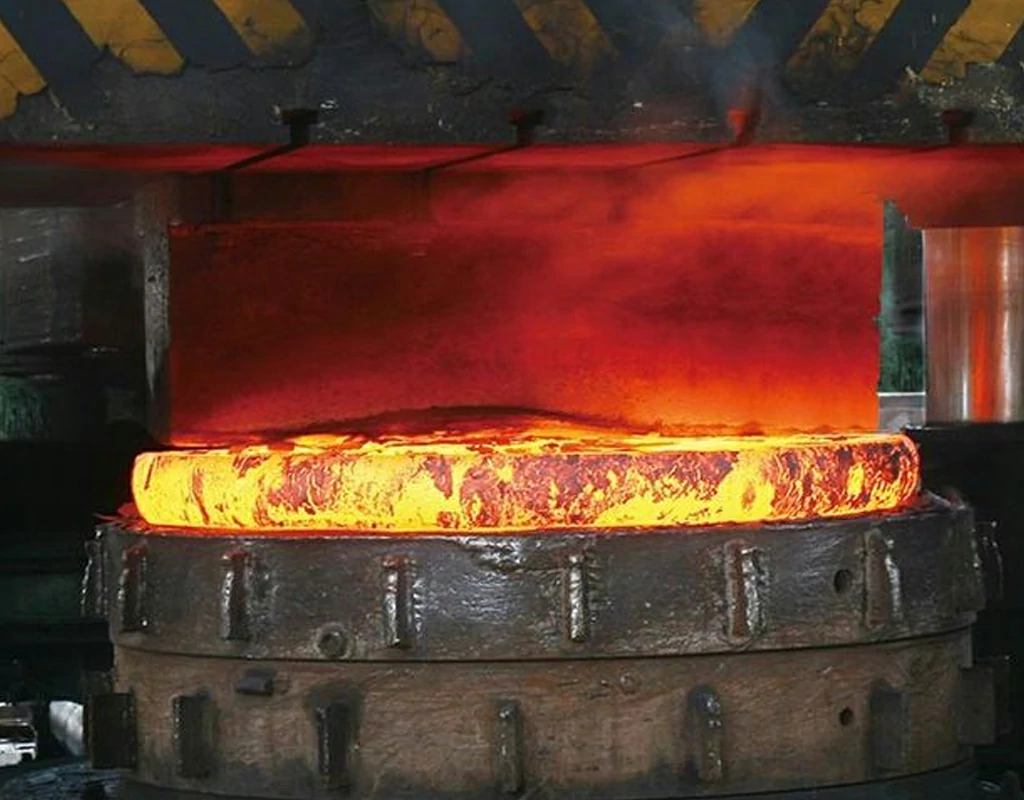
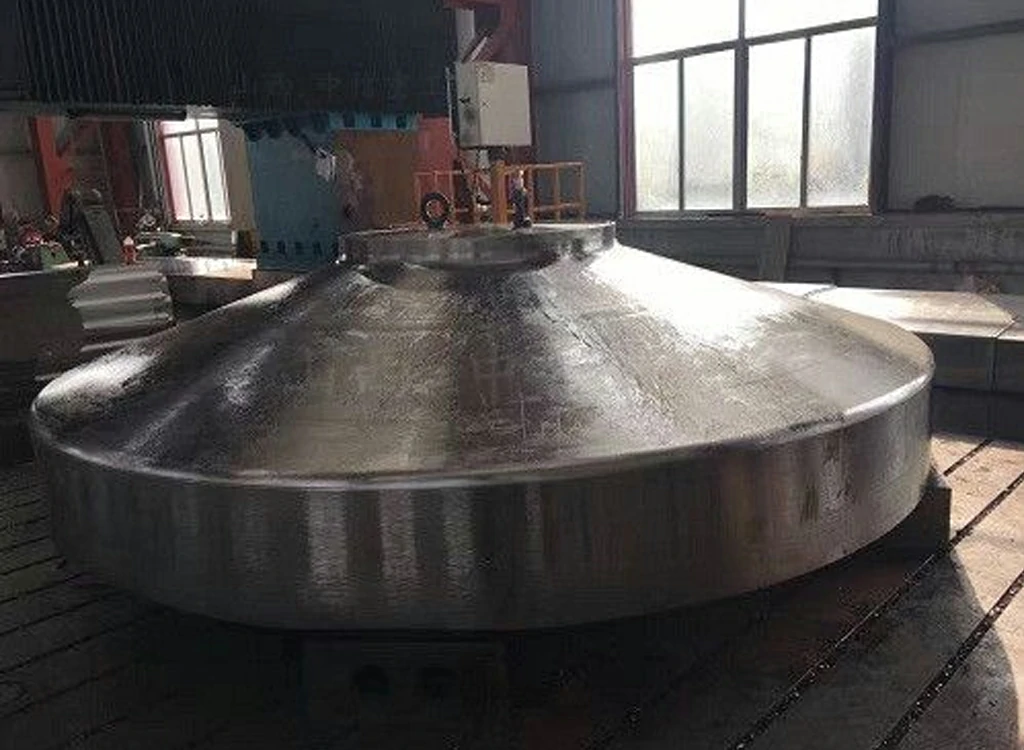
The Temperature Range Of Austenitic Stainless Steel Forging
The initial forging temperature of austenitic stainless steel: generally not more than 1200 ℃; the final forging temperature: generally 825 ~ 850 ℃. The final forging temperature is mainly limited by the carbide precipitation sensitive temperature (480~820°C). Once the final forging temperature is within this temperature range, the carbide precipitation will increase the deformation resistance and reduce the plasticity, resulting in forging. cracked.
With custom-machined dies and a cost-effective forging process that reduces post-processing, Our forging company strives to produce products that not only last longer but are engineered for maximum strength and quality. Contact us today for more details.

